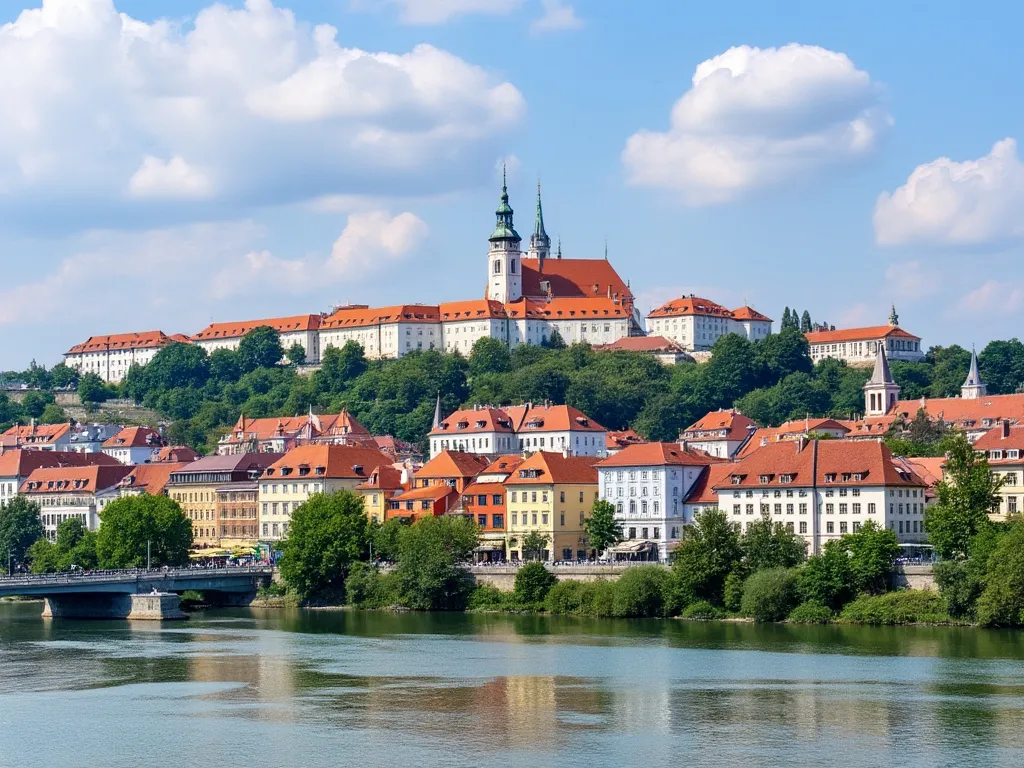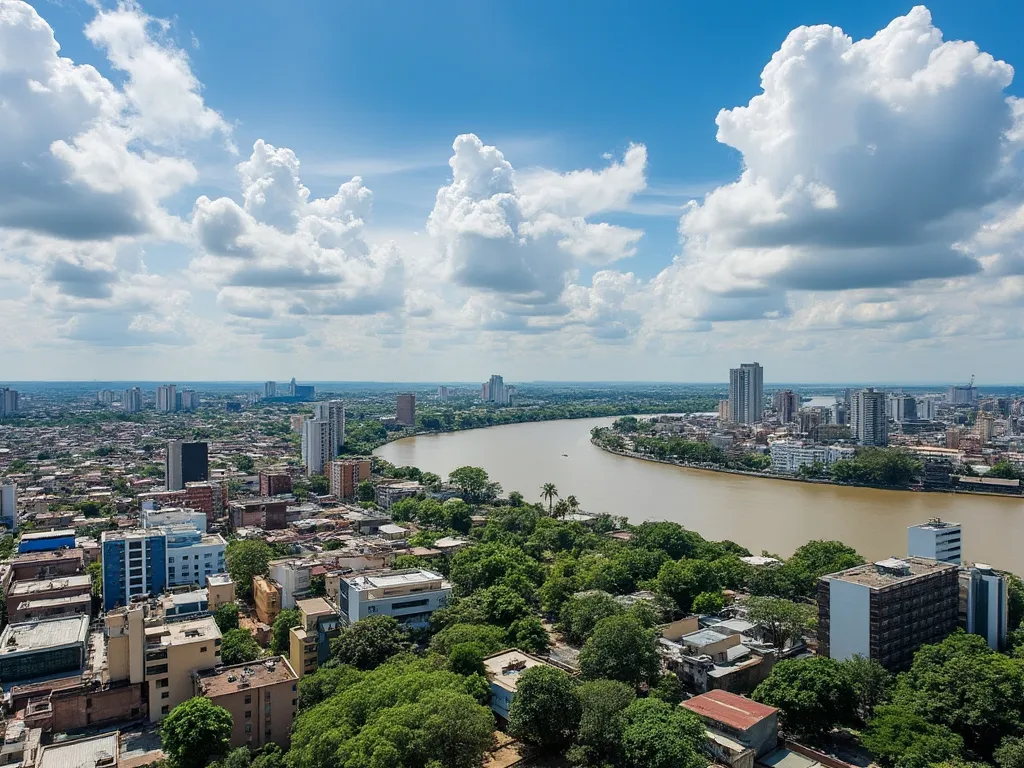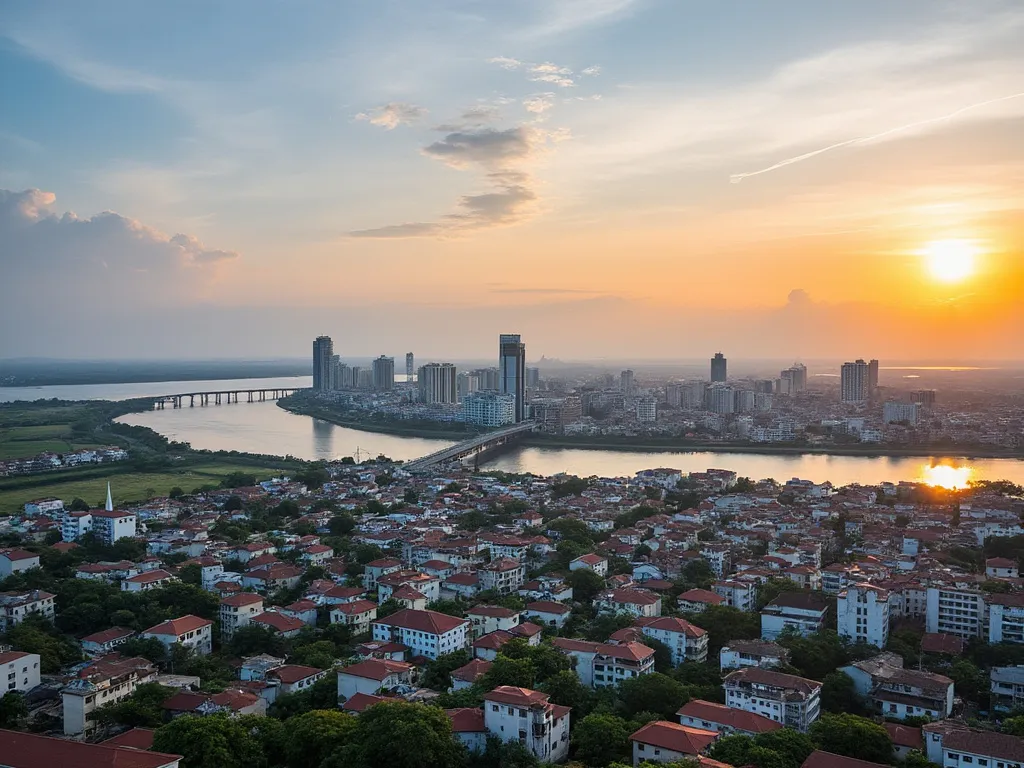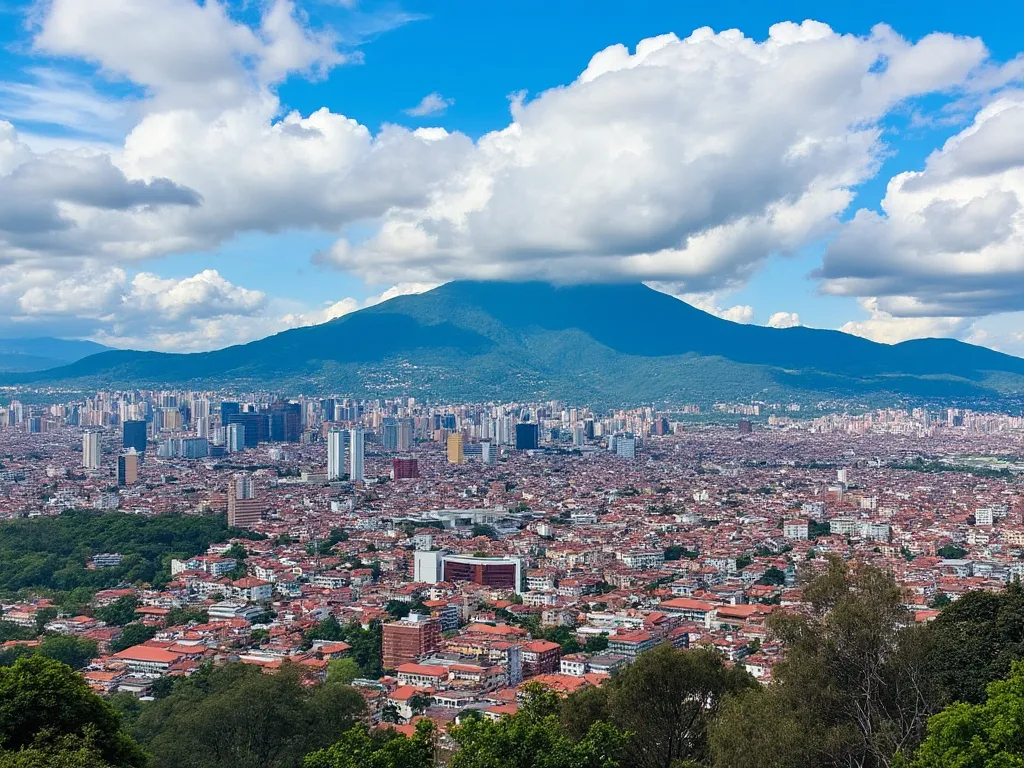
Brasília, the capital city of Brazil, is a masterpiece of modern urban planning and architecture. Designed by the renowned urban planner Lúcio Costa and architect Oscar Niemeyer, the city was built in just 41 months and inaugurated on April 21, 1960. Brasília is a testament to the country's rich cultural heritage and its aspirations for a brighter future.
Brasília information
| Country | 🇧🇷 Brazil |
| City Population | approximately 3 million |
| City Coordinates | 15°48′S latitude, 47°54′W longitude |
| City Area | 5,802 km² (2,240 sq mi) |
| Climate | Tropical savanna climate (Aw) |
| Language | Portuguese |
| Currency | Brazilian real (BRL) |
| Time zone | Brazilia Standard Time (BRT) (UTC-3) |
| Proximity to other major cities | approximately 1,150 km (715 mi) northwest of Rio de Janeiro, 1,200 km (750 mi) southwest of Belém |
Interesting facts about Brasília
- Brasília is the only city in the world that was built in the 20th century and is a UNESCO World Heritage Site.
- The city's urban plan is designed in the shape of a bird in flight, with the government buildings and monuments located in the "head" of the bird.
- Brasília is home to the largest cathedral in South America, the Cathedral of Brasília.
- The city has a unique system of bus lanes, known as the "Eixo Rodoviário," which is designed to reduce traffic congestion.
Tourist attractions in Brasília
- The National Congress of Brazil, a stunning example of modernist architecture.
- The Cathedral of Brasília, a beautiful and iconic landmark.
- The Presidential Palace, the official residence of the President of Brazil.
- The National Museum of Brazil, which features a vast collection of Brazilian art and artifacts.
- The Paranoá Lake, a popular spot for boating and water sports.
Historical background of Brasília
The idea of building a new capital city in the heart of Brazil dates back to the 19th century. However, it wasn't until the 1950s that the project gained momentum. President Juscelino Kubitschek, who took office in 1956, made the construction of Brasília a top priority. The city was designed to be a symbol of modernity and progress, and its construction was seen as a way to promote economic development and social change in the country.
Geographical location of Brasília
Brasília is located in the Federal District, a separate entity from the states of Brazil. The city is situated in the central highlands of the country, on the banks of the Paranoá Lake. The region's unique geography, with its rolling hills and vast plains, made it an ideal location for the construction of a new capital city.
Cultural significance of Brasília
Brasília is a city that is deeply rooted in Brazilian culture. The city's architecture, which blends modernism with traditional Brazilian styles, is a reflection of the country's rich cultural heritage. The city is also home to numerous museums, galleries, and cultural institutions, including the National Museum of Brazil and the Brasília Cultural Complex.
Economic importance of Brasília
Brasília is the economic and administrative hub of Brazil. The city is home to the country's federal government, as well as numerous embassies, consulates, and international organizations. The city's economy is driven by the services sector, with a strong focus on finance, commerce, and tourism.
Conclusion on Brasília
In conclusion, Brasília is a city that is steeped in history, culture, and natural beauty. From its stunning architecture to its vibrant cultural scene, there is something for everyone in this incredible city. Whether you're interested in history, art, or simply want to experience the best of Brazil, Brasília is a must-visit destination.
 Bratislava
Bratislava
 Brazzaville
Brazzaville
 Bissau
Bissau
 Bogotá
Bogotá